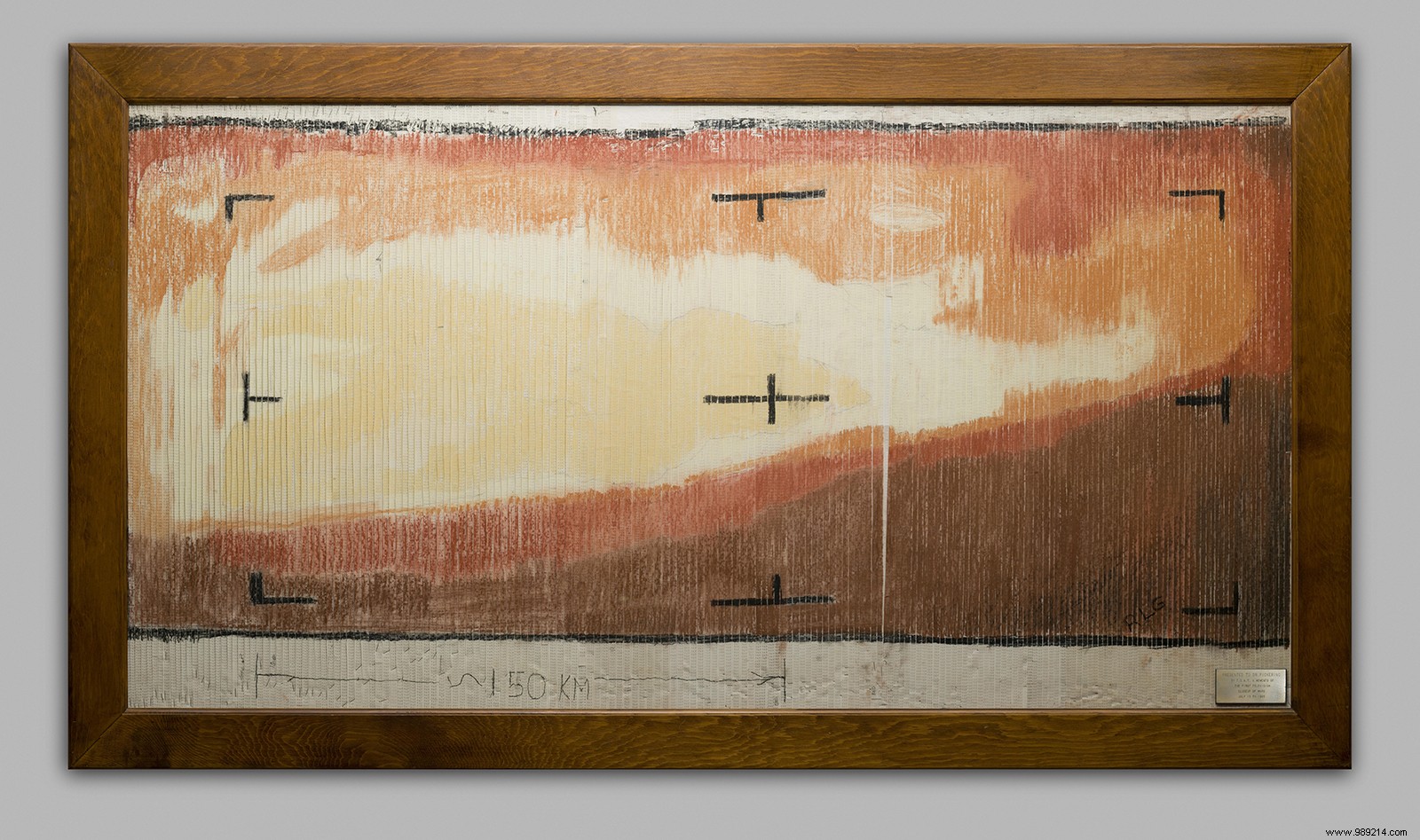The Perseverance rover recently took its first steps on Mars and has already delivered many images. At the time of their presentation, the Jet Propulsion Laboratory had notably returned to the very first image of Mars dating from 1965. From the Mariner 4 probe, it had been colored by hand!
For a few weeks, the rover Perseverance is widely talked about in the media and on social networks. The images of his landing have been widely relayed, in particular because of the presence of a hidden message on the parachute. During the presentation of the first images of Mars sent by the rover to Earth (see the video at the end of the article), NASA's Jet Propulsion Laboratory (JPL) spoke about the enormous progress made in recent decades.
Mike Watkins, director of JPL, notably showed the very first image of the Martian surface dating from 1965. This one came from the Mariner 4 probe , the fourth of this program whose objective was to study Mars, Mercury and Venus. However, according to Mike Watkins, this very first image of the red planet was colored by hand by engineers.

In reality, it is not really an image per se as we conceive of it today. At the time, a real-time data translation machine converted digital image data of the probe in numbers printed on strips of paper. JPL engineers, obviously very eager to share their progress, did not wait to receive the real picture. They displayed the strips of paper next to each other and hand-colored them much like a little color-by-number game. The result was then presented to William Hayward, director of the JPL at the time, and the image is still considered today to be the very first of Mars.
In 1965, the Mariner 4 probe traveled for 228 days around Mars , offering images that have marked history. It carried a television camera system, the Mars Television Camera Experiment, the purpose of which was to obtain surface images. Six other instruments had the mission of studying the atmosphere and the surface of the planet. In total, Mariner 4 has immortalized about twenty shots revealing to earthlings its desert surface, the main characteristic of which is the presence of numerous craters.
Here is the video in which Mike Watkins looks back on the incredible story of the very first image of the Martian surface: